Table of contents
Decorating a house or an apartment is, without a doubt, no easy task, but when it comes to small houses, the challenge becomes even greater. After all, you have to know how to make the most of every space, without leaving the environment too cluttered or too dull and empty.
The good news is that the difficulty of decorating small houses can be solved with a few tricks and good planning.
See_also: Photo Frame: Where to Buy, Ideas and How to MakeIf you want to learn how to decorate your small house and make it cozy and charming, then check out the tips from interior designer Rosa Tieppo and architect and interior designer Sara Isaac:
1. plan the rooms
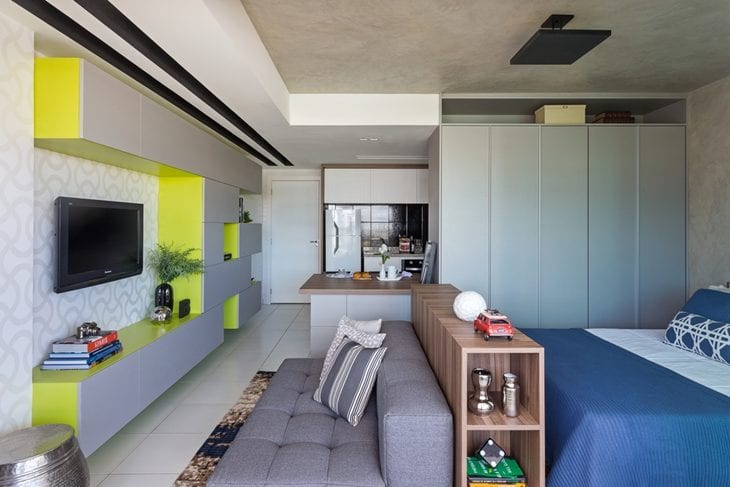
If your house or apartment is small, the first step is to plan how each corner will look. Write down everything you want to use in the decoration and then review it to leave only what is necessary. For this, you will need the exact measurements of each room, because only then will you know what can really be done and used.
"If you live in an apartment, the landlord may have a floor plan to give you, but if not, you can take the measurements and make a simple drawing yourself. With a floor plan in hand, it's much easier to visualize the space and find a distribution that works for you," Sara explains.
2. give preference to multifunctional furniture
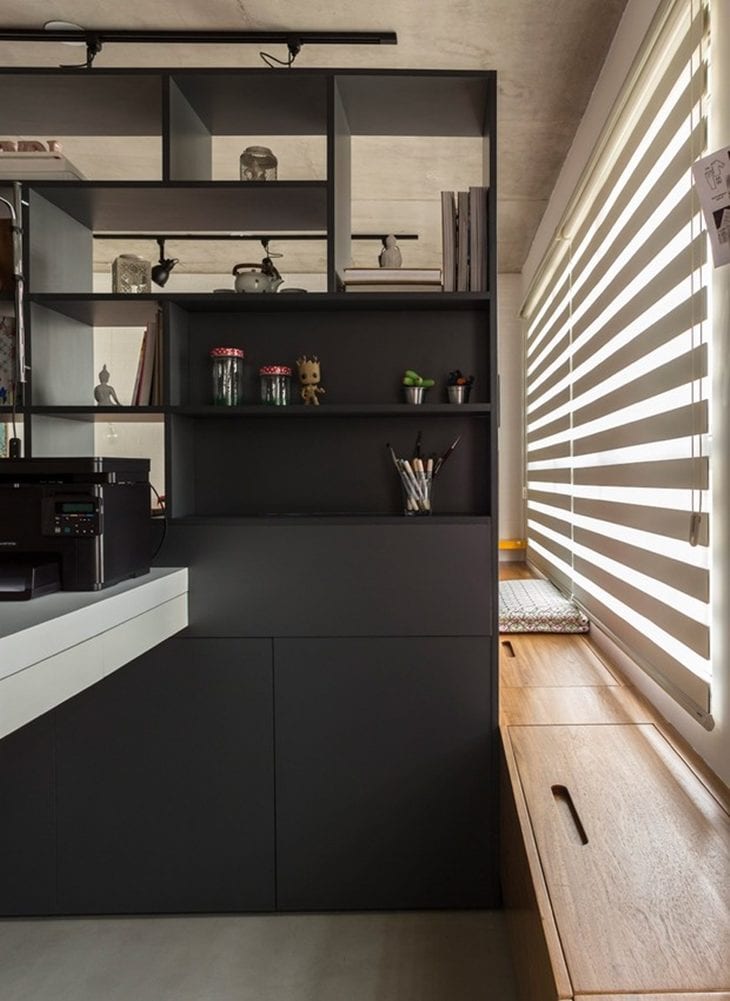
An essential tip is to choose furniture and pieces that have more than one function, so you don't need to fill your house with furniture: "The best is to invest in designed and multifunctional furniture to make the most of space. A good tip is to use shelves and niches to replace closets", Rosa advises.
See_also: 30 Wooden Cachepot Models to Highlight Your PlantsPlanned furniture is a great choice, because the pieces will be tailor-made for each environment and will still have the specific characteristics and functions for each type of person. Furniture with wheels also helps a lot in small environments, because it can be moved quickly and efficiently.
Sara suggests furniture with a leaner design, which can fit inside other pieces of furniture, or even foldable furniture. In addition, she suggests: "prefer furniture that 'floats', which are those that allow you to see what's underneath. They are better than those that are totally glued to the floor". This idea even makes cleaning easier!
Rosa takes the opportunity to give a tip to improve the circulation of the environments: "when it comes to distributing the furniture, place it more on the walls, avoiding pieces that are in the way.
3. choose the right colors
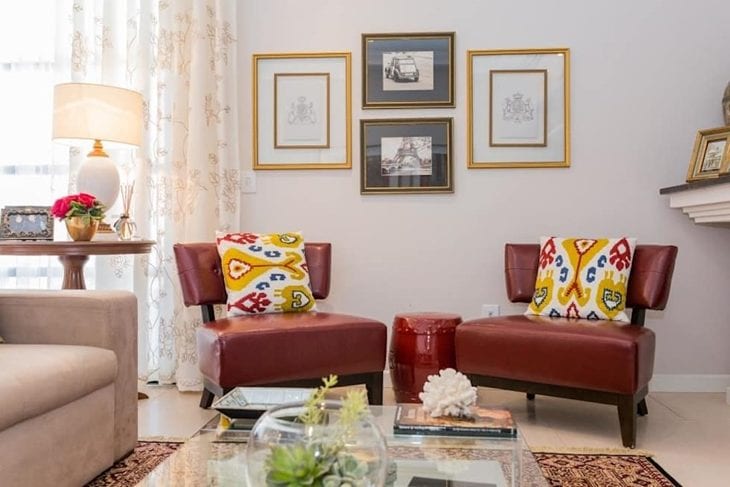
The colors can make a big difference in the decoration of small houses. Sara says that small environments are not synonymous of totally white places without any color touch, but she explains that lighter colors give a sensation of amplitude and lightness: "It is not necessary that everything is clear, but give preference to light colors in the most dominant elements, such as floors, walls and large furniture likeThe touches of color appear in the complements and give personality to the environment. The secret is to have a clear environment, but with points of color to stand out".
Rosa reinforces the theory and says that using light colors on the furniture and walls helps a lot to expand the spaces. Therefore, for these places, give preference to shades of white, ice, beige, off white, cream, pastel shades, etc. "When using wood in coatings or flooring, also opt for light tones," she adds.
4. avoid excesses
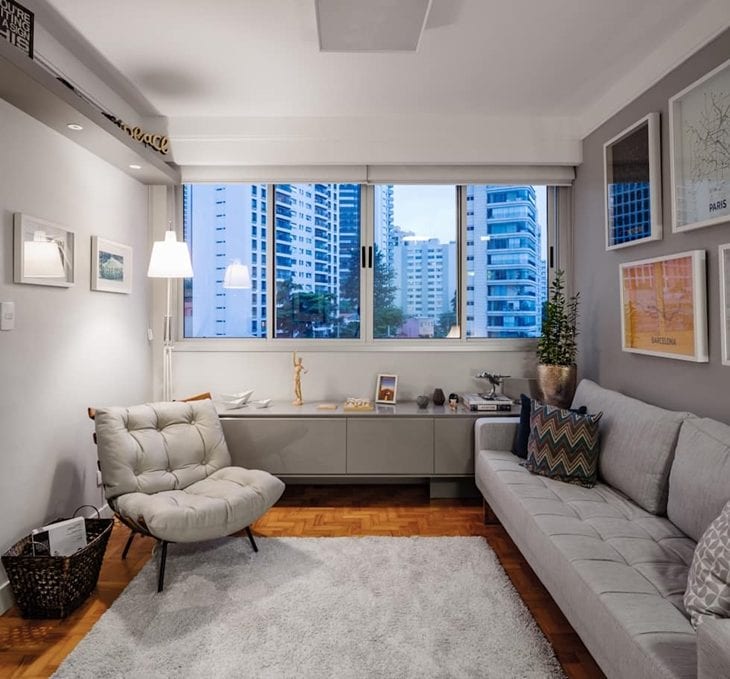
Having too many objects and too much visual information is also not ideal for decorating small houses. Rosa warns that one of the most common mistakes is to use too much furniture and accessories that impede circulation.
Sara advises that the first tip to avoid a cluttered environment is to make a selection of what you own and keep only what you really like or what is very useful. In case you are a very attached person and can't get rid of some objects, the professional teaches the solution: "you don't need to show all of them at once. Select some and keep the others. AfterSome time, you can take turns with the items you display. You will have a lighter room and still have your favorite objects.
5. make the most of the walls
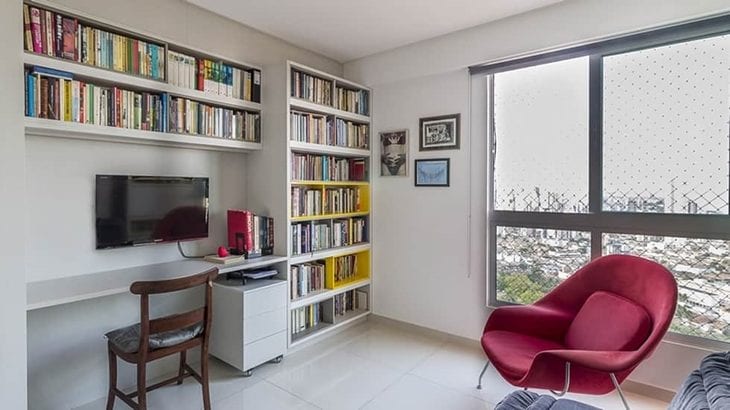
The decoration space is not limited only to what is supported on the floor, on the contrary, the walls are great allies in the decoration of small houses, because they allow a better use of the spaces, without compromising the circulation.
Therefore, "explore the space on the walls, they can help you store and decorate with shelves, cabinets, and bookcases, freeing up floor space," indicates Sara. Pictures and vertical gardens are also great options for decorating the walls.
The high spaces, often forgotten in the house, are also great places to explore, as they provide shelter for items with little use, such as comforters, temporary clothes, childhood objects, suitcases, etc. But remember to look at the best place to insert high cabinets, as they also need to have easy access.
6. organization is fundamental

Another fundamental point is to keep the house always organized. Small rooms, when messy, look even smaller and are not at all comfortable and inviting, giving that feeling of clutter.
"Having a tidy and organized home is always very good, no matter how big or small it is, but when it comes to a small space, it is fundamental! It is very important to organize your home so that each object has its right place. When you are going to tidy up your living room to receive someone, you will already know where each thing goes", Sara reinforces.
5 tricks to enlarge environments
Pay attention to some tricks that can help the feeling of spaciousness:
1. use mirrors

Sara says they are great allies, because they make our vision multiply. Rosa suggests using them on walls and cabinet doors, creating 'points of light'. You can also use mirrored furniture or glazed surfaces.
2. invest in lighting

Rosa indicates taking advantage of natural lighting, when the location allows, or designing directional lighting under the furniture and ambiance.
3. integrate the environments
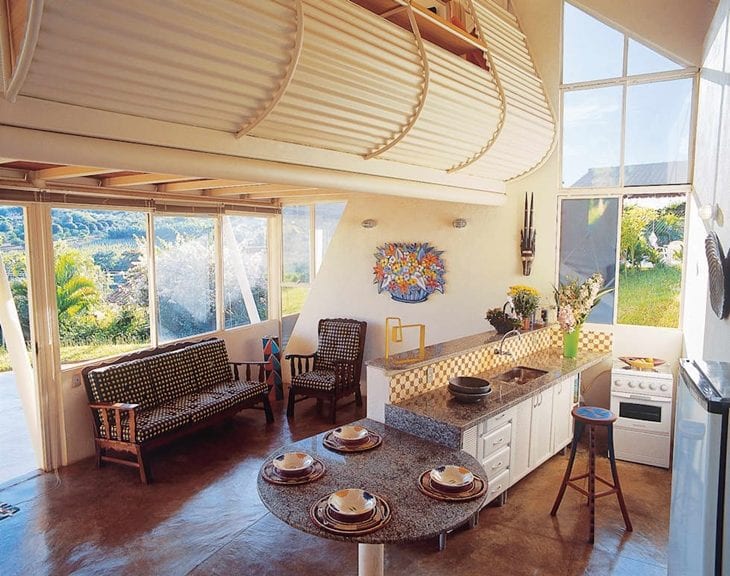
"A kitchen that opens to the living room is a great idea: whoever is preparing that special dinner can still participate in the conversations that take place in the living room," says Sara. Rosa also recognizes the importance of creating open, multifunctional spaces.
4. use higher curtains
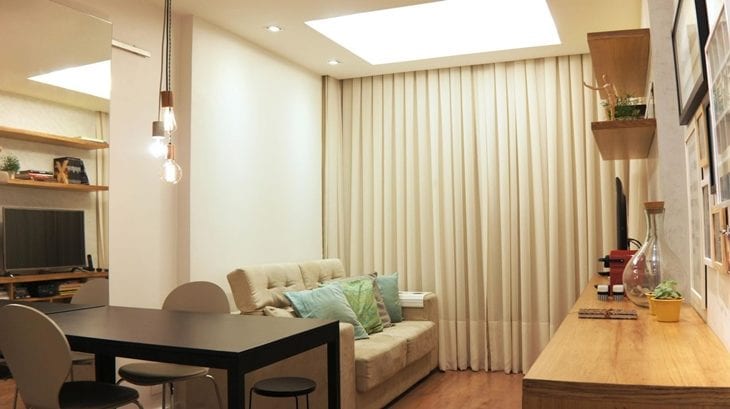
Sara says that installing curtains in higher places makes the ceiling height of the house seem higher.
5. use similar floors
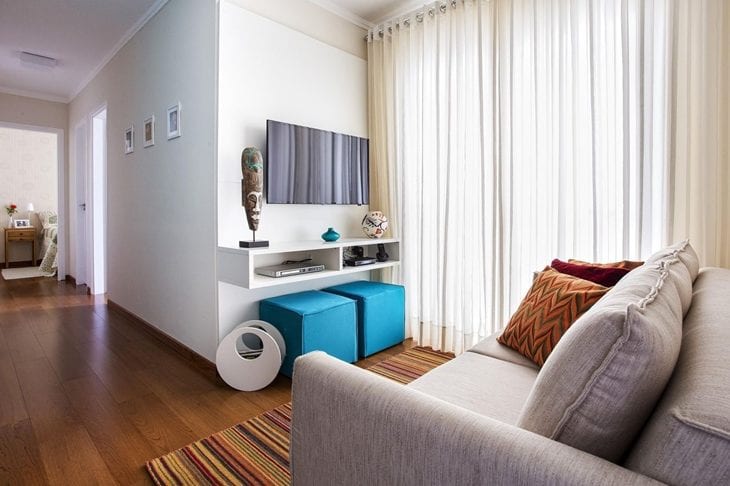
About the floors, Sara teaches a trick: "if you are going to change the floor of the whole house, try to choose options with similar tones, even if they are made of different materials. This way, the look widens and you get the feeling of a larger, integrated environment.
Special tips for each room type
Check out now specific tips from the professionals for each type of room in the house:
Room
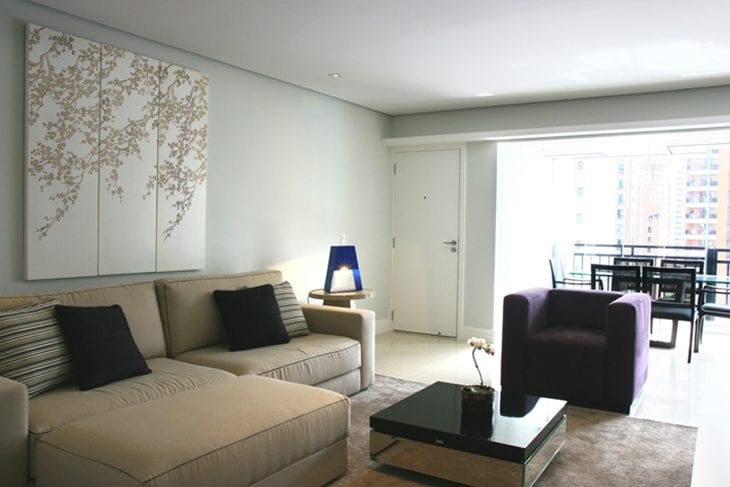
To optimize and organize, Rosa recommends using shelves, multifunctional furniture, and mirrors on the walls.
She adds: "If you have an unused room, eliminate the wall that divides it from the living room and you will have an even larger room. If you want to use this room as an office or eventual guest room, put movable partitions.
Room

There are many unused corners in the bedroom that can be used as storage places, such as under the bed. Sara advises placing boxes with casters to store bedding or shoes. But you can also use the chest bed, which already comes with a compartment to store items.
Another nice tip from Sara for the bedroom is in relation to the bedside table: "If you don't have space to put a bedside table on the sides of the bed, adapt it with a support that can be fixed to the wall, to serve as a small support. The lighting can also be fixed to the wall.
For this room, Rosa's tip is: "use mirrors on the cabinet doors, shelves, and light colors to enlarge and relax.
Kitchen
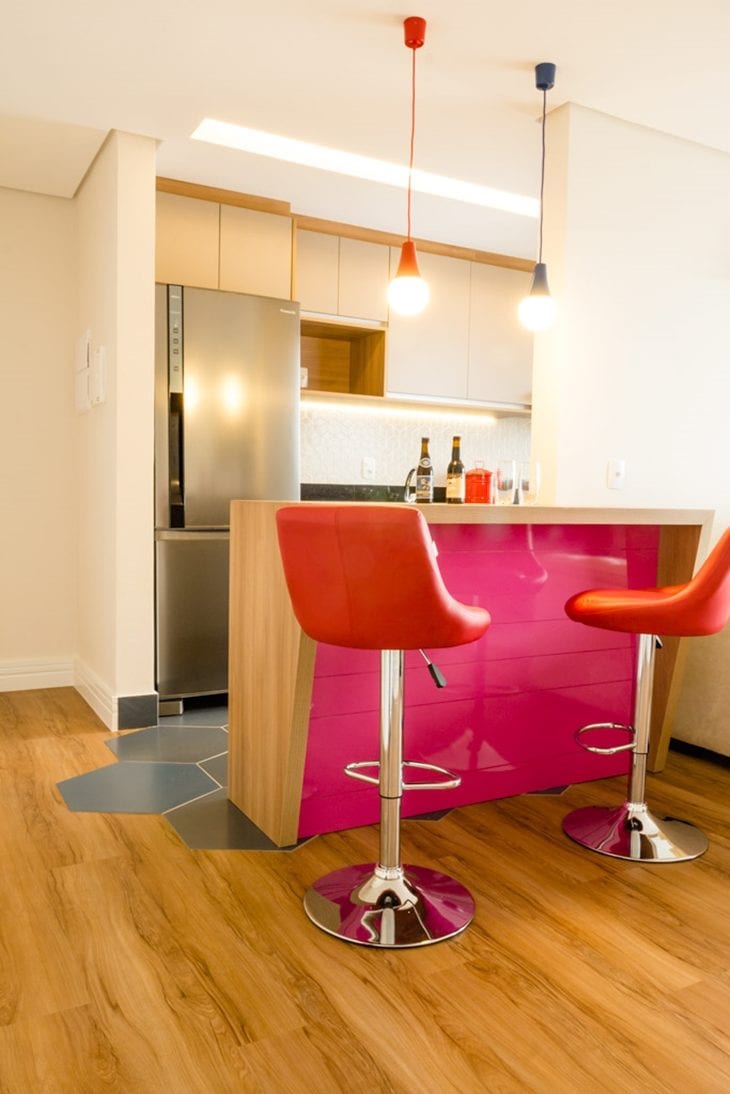
To organize the daily routine, Rosa suggests using panels with pictures and shelves. She also suggests investing in plenty of lighting to facilitate the work in the kitchen and, if possible, to integrate it with the living room.
To make the most of the space, she recommends looking for dishes that can be used for more than one function and opting for cabinets in light colors and with resources to make the most of every corner.
Bathroom

" To organize and create space for storing bathroom utensils, make a niche in the wall of the shower stall," Rosa suggests. In addition, the designer also advises using cabinets behind the mirror.
Sara says that light tones in the coatings make all the difference, because bathrooms are already smaller by nature. She also indicates the use of small and narrow shelves.
7 tips for decorating economically
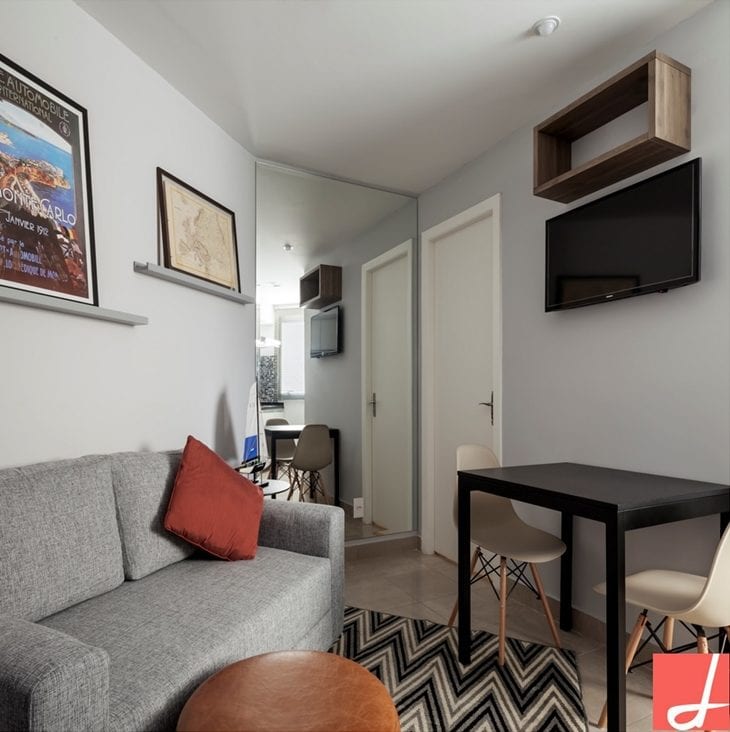
Decorating small houses in itself already requires less investment, however, there are some tips that can help to make it even more economical. Let's get started:
- Get organized to shop in times of the year when there are sales in the decoration market. Sara says that in the month of January there are usually several;
- Sara reminds us that we don't need to buy everything new to achieve that renovation effect in the decoration;
- Don't try to furnish your home all at once. Buy the essentials first and add to them little by little;
- Rosa emphasizes once again the ease of using light colors in the base of the decoration and only leave the colorful accessories such as pillows, pictures, and decorative objects: "It is cheaper when it comes time to change the decoration," she says;
- If you have DIY skills, Sara says just take advantage of your talent and get to work! There are many creative pieces that you can make yourself;
- Rescue the beauty of old upholstery by changing the fabric. Sara says it will be much cheaper than buying new;
- Finally, integrate the environments in a simpler way, with furniture and elements that allow this division. It can also be done with drywall, curtains, and even screens.
Did you like our tips? There are many ways to decorate a small house in a practical, smart and beautiful way. So, now that you have learned all the tricks, let's get inspired and apply these ideas in your home!



